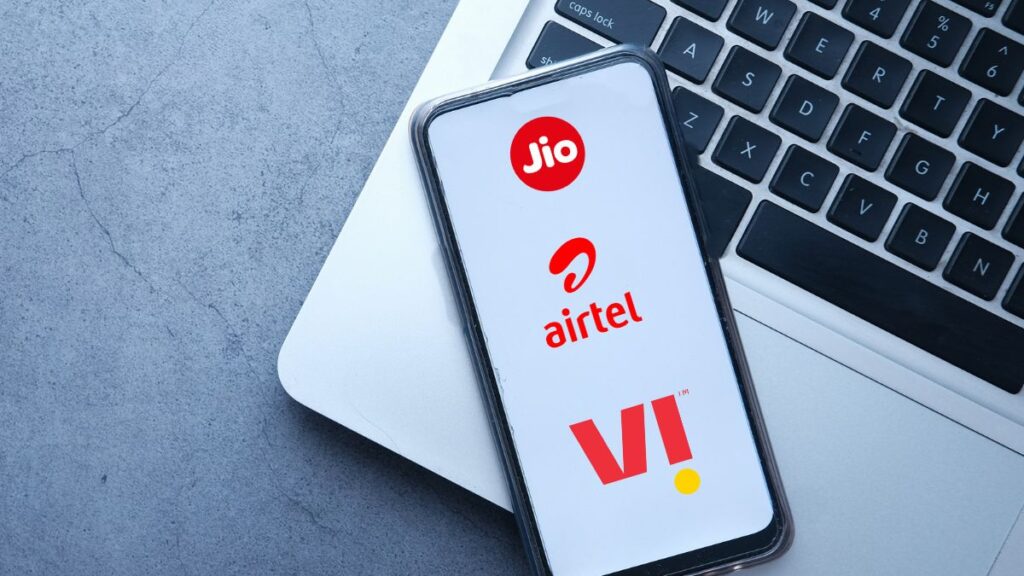Telecom operators in India reportedly spent an additional Rs 10,000 crore during the fiscal year 2022-23 to support the traffic generated by large entertainment and communication apps. The Cellular Operators Association of India (COAI), representing telecom operators including Reliance Jio, Airtel, and Vodafone-Idea, estimated this spending.
According to COAI’s Director General, SP Kochhar, the infrastructure support provided by telecom operators to the top 4-5 large traffic generator apps also corresponds to their revenue growth. Moreover, COAI claimed that in 2023 alone, the government lost approximately Rs 800 crore in revenue due to the absence of fair share norms for these large apps.
Telecom Operators Seek Contributions from Large Apps for Network Infrastructure Costs
Telecom operators have been requesting contributions from major traffic generator apps like Netflix, Amazon Prime, WhatsApp, Instagram, and others to help cover network infrastructure expenses. In January, the Cellular Operators Association of India (COAI) submitted a white paper to the Ministry of Finance outlining this issue.
According to COAI’s white paper, telecom operators face significant additional capital expenditure (capex) to build infrastructure capable of handling the substantial traffic generated by these apps. The estimated cost for the year 2023 alone amounts to around Rs 10,000 crore. SP Kochhar, COAI’s Director General, highlighted the importance of addressing this situation to ensure fair distribution of infrastructure costs and revenue sharing.
Proposed Fair Share Arrangement Could Boost Government Revenue
If a proposed fair share arrangement had been implemented with telecom service providers (TSPs) based on the additional infrastructure costs incurred, it could have significantly increased the Adjusted Gross Revenue (AGR)-related license fees and Universal Service Obligation Fund (USOF) levies. These fees and levies constitute approximately 8% of the AGR, or a portion of revenue used to calculate the government’s share.
This arrangement could have potentially added almost Rs 800 crore to the government’s revenue. However, currently, this additional revenue is not being received. The implementation of such an arrangement would have ensured a more equitable distribution of costs and revenue sharing between telecom operators and the government.
Telecom operators worldwide have been pushing for contributions from major traffic generator apps like Netflix, WhatsApp, and Instagram to help cover the costs of network infrastructure. According to COAI’s financial analysis, the industry’s capital expenditure (capex) increased from Rs 46,532 crore in March 2021 to Rs 53,661 crore in March 2022, primarily to accommodate the traffic generated by telecom operators.
However, starting from 2022, infrastructure spending saw a steeper growth, reaching Rs 73,922 crore in March 2023. Despite the revenue generated by enhanced data traffic from large apps, it’s insufficient to cover the substantial increase in infrastructure capex.
With the current subscriber base at 114.4 crore, achieving an additional 50 crore subscriber base seems unattainable. As a result, infrastructure spending is expected to continue surpassing the earnings of Telecom Service Providers (TSPs) over time. The TSP Average Revenue Per User (ARPU) calculations include revenue collections from voice, data, and SMS services across the entire subscriber base, contributing to the ongoing financial challenge for telecom operators.
Source: https://timesofindia.indiatimes.com/
Also Read: WhatsApp Search by Date: How It Works and What You Need to Know
Google CEO Sundar Pichai Addresses Gemini AI Controversy, Calls it ‘Completely Unacceptable’

